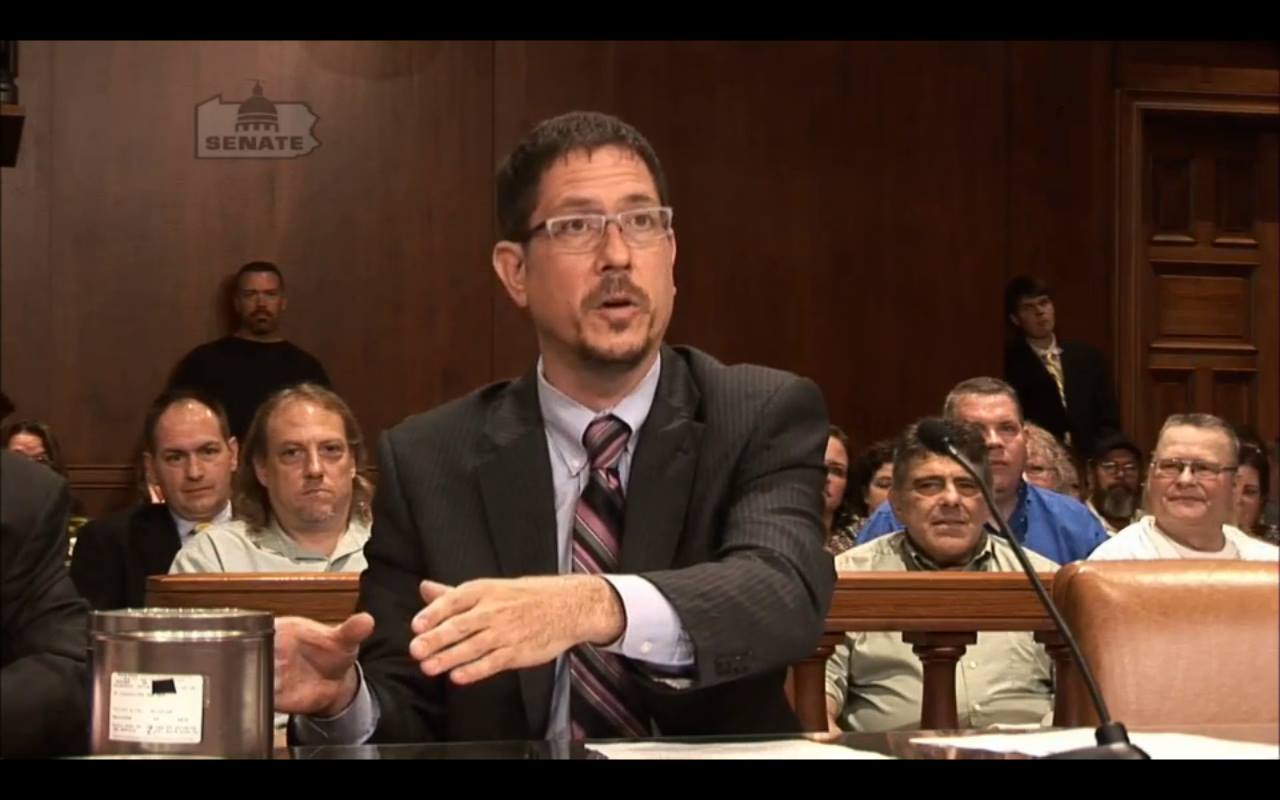Leading Federal Appeal Attorneys: Your Partners in Navigating the Appeals Refine
Leading Federal Appeal Attorneys: Your Partners in Navigating the Appeals Refine
Blog Article
Debunking the Refine of Federal Appeals: What You Need to Know
Browsing the elaborate realm of government charms can usually appear like going across uncharted waters for those strange with the process. Comprehending the subtleties of appellate court jurisdiction, the intricacies of submitting a notification of appeal, presenting a compelling quick, and making a convincing oral debate are crucial parts that can significantly impact the outcome of a case. By unraveling the layers of complexity surrounding federal charms, individuals can get a clearer insight into the systems that regulate this critical point of the lawful system.
Recognizing Federal Appeals Process
Digging right into the detailed realm of the government allures procedure unveils a structured and methodical journey via the judicial system. Federal allures act as an important system for reviewing choices made by reduced courts. Comprehending this process is essential for anyone associated with legal procedures at the government degree.
The process generally starts with a celebration dissatisfied with a lower court's ruling submitting a notification of charm. This activates an evaluation by a higher court, where a panel of judges examines the legal debates provided by both events. Briefs laying out the legal thinking behind each event's position are sent, and oral disagreements might be heard to clear up intricate issues.
The appellate court's choice is based on an extensive examination of the lower court's process and the debates presented. When the appellate court reaches a decision, it can affirm, reverse, remand, or customize the lower court's ruling, providing quality and finality to the legal disagreement.
Appellate Court Territory Explained
As we proceed from comprehending the government appeals process to studying the ins and outs of appellate court territory, an essential aspect emerges relating to the authority and limits of these greater courts in the legal landscape. Appellate court territory describes the extent of instances that a certain appellate court has the power to decide and evaluate upon. Unlike high court that hear cases for the initial time, appellate courts are restricted to examining choices made by reduced courts. These decisions can consist of judgments from both state and federal courts.
Appellate courts have territory over particular kinds of situations, typically those involving lawful errors, procedural problems, or questions of regulation as opposed to valid disputes. The territory of appellate courts is normally laid out in statutes and legislations that control the court system. Comprehending appellate court territory is important for events included in the appeals procedure as it determines whether a situation is eligible for testimonial and the level to which the appellate court can intervene in the lower court's choice.
Declaring a Notice of Charm
The preliminary action in commencing the government appeals process entails submitting a Notification of Charm with the suitable appellate court. This important record officially informs the court and the other events associated with the situation that the appealing event intends to seek a testimonial of the reduced court's decision. Submitting a Notification of Appeal is a stringent step-by-step demand that establishes the appellate procedure moving.
When preparing the Notification of Charm, it is vital to ensure compliance with the details rules and guidelines of the appropriate appellate court. federal appeal attorneys. The record should generally include details such as the situation name, the lower court's name, the date of the judgment being appealed, and a succinct declaration indicating the premises for the appeal

Instruction and Oral Argument
In the appellate procedure, offering written briefs and taking part in oral debates play essential roles in advocating for the appealing party's placement prior to the appellate court. Briefs are comprehensive lawful records that detail the celebrations' arguments, legal authorities, and evaluation sustaining their placements. These written entries give the court with a thorough understanding of the realities of the instance, the relevant law, and why the appealing event thinks the reduced court's decision should be overturned.
Complying with the entry and evaluation of the briefs, oral disagreements offer the celebrations a chance to additional clarify their positions, deal with any questions the appellate courts may have, and highlight key points from their created briefs. Dental disagreements are an opportunity for the attorneys to encourage the judges via verbal advocacy and reactions to queries from the bench.
Both the created briefs and dental debates are crucial components of the appellate procedure, check these guys out enabling parties to offer their instance thoroughly and compellingly prior to the appellate court. - federal crime attorney
Receiving the Appellate Court Choice
Upon conclusion of dental disagreements and submission of written briefs, the following essential stage in the appellate procedure entails waiting for the definitive judgment from the appellate court. This period of anticipation can be loaded with a mix of stress and anxiety and hope for celebrations associated with the allure. The appellate court's decision is typically delivered in a created format and outlines the court's verdicts on the lawful problems presented, the thinking behind their choice, and the judgment made. The time frame for getting the appellate court's decision can differ, but courts make every effort to offer prompt resolutions. Once the decision is issued, celebrations need to thoroughly examine the court's ruling to understand the result and establish any additional actions that may be needed. Whether the appellate court verifies, reverses, or remands the reduced court's choice, comprehending the effects of the judgment is critical for all events associated with the appellate procedure. Immediately assessing and understanding the appellate court's choice is vital in navigating the next actions in the legal process.
Conclusion
Understanding the appellate court jurisdiction, filing a notification of appeal, preparing briefs, and offering oral arguments are all essential elements of this process. Inevitably, receiving the appellate court decision can offer clearness and resolution to legal conflicts.
As we advance from comprehending the government allures procedure to exploring the details of appellate court jurisdiction, an essential element comes to light regarding the authority and restrictions of these greater courts in the legal landscape. Appellate court jurisdiction refers to the range of cases that a certain appellate court has the power to assess and choose upon. Unlike trial courts that hear instances for the very first time, appellate courts are restricted to assessing choices made by lower courts. Comprehending appellate court territory is vital for parties entailed in the charms process as it figures out whether an instance is eligible for testimonial and the extent to which the appellate court can interfere in the reduced court's choice.

Report this page